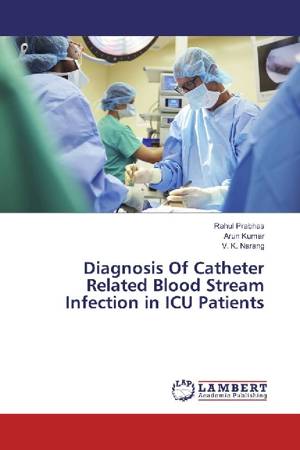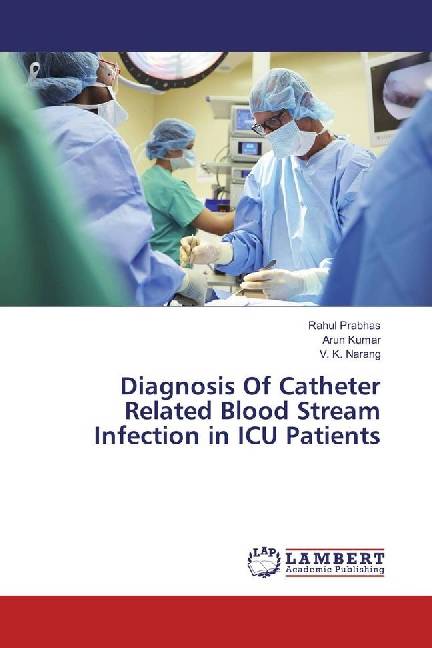
- Afhalen na 1 uur in een winkel met voorraad
- Gratis thuislevering in België vanaf € 30
- Ruim aanbod met 7 miljoen producten
- Afhalen na 1 uur in een winkel met voorraad
- Gratis thuislevering in België vanaf € 30
- Ruim aanbod met 7 miljoen producten
Zoeken
Diagnosis Of Catheter Related Blood Stream Infection in ICU Patients
Rahul Prabhas, Arun Kumar, V. K. Narang
Paperback | Engels
€ 49,45
+ 98 punten
Omschrijving
Central venous catheters (CVCs) are indispensable in current intensive care treatment, also pose a greater risk of device related infections in comparison to any other type of medical device and are major cause of morbidity, mortality and increased expense.To determine the central venous catheter related bloodstream infection (CRBSI)rate.To find out the rate of catheter colonization.To find out microbial spectrum of CRBSI.Blood cultures were processed by paired quantitative method (pour plate method) and CVC tip segment by quantitative tip culture (tip flush method). Antibiotic sensitivity determined by & CRBSI incidence rate and catheter colonization rate were 15.27/1000 catheter days and 53.3% respectively,& association of increased CRBSI incidence with prolonged duration of catheterization was observed.Principal pathogens were methicillin-resistant Staphylococcus aureus and Acinetobacter baumanni. Maximal sterile techniques should be practiced while inserting CVC and in after care, regular monitoring of CVC and its need to continue should be measured promptly. Regular blood cultures and AST detection of pathogens may serve an important guide to treat the patient admitted in ICU.
Specificaties
Betrokkenen
- Auteur(s):
- Uitgeverij:
Inhoud
- Aantal bladzijden:
- 92
- Taal:
- Engels
Eigenschappen
- Productcode (EAN):
- 9783330322806
- Uitvoering:
- Paperback
- Afmetingen:
- 150 mm x 220 mm

Alleen bij Standaard Boekhandel
+ 98 punten op je klantenkaart van Standaard Boekhandel
Beoordelingen
We publiceren alleen reviews die voldoen aan de voorwaarden voor reviews. Bekijk onze voorwaarden voor reviews.








